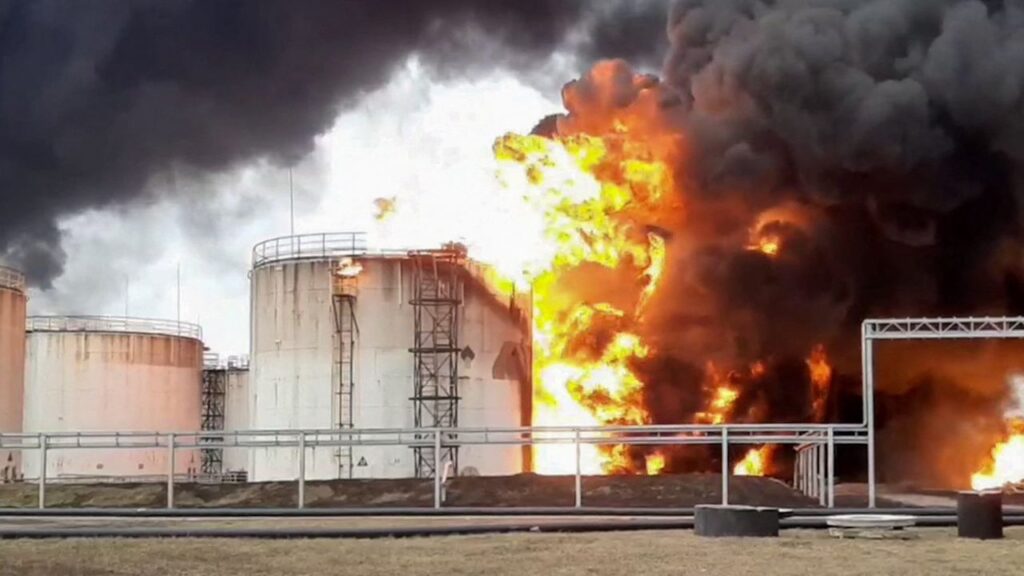Divided US on Ukrainian airstrikes on Russia
What is the U.S. position on the determination of the Ukrainian political and military leadership to expand the scope of hostilities to Russian territory and territory controlled by the Russian authorities since 2014?

By Valentin Yakushik
What happened after a series of painful strikes by the Ukrainian armed forces and special sabotage groups on strategic targets deep inside Russian territory and in the territory now controlled by the Russian authorities? First, there was further weakening of the image of the “second army of the world” in terms of its ability to repel devastating blows. Secondly, the West has become convinced (and somewhat calmed down) that their strategic adversary is not ready to switch to the use of tactical nuclear weapons within its policy of “frightening responses”, but will continue the tactics of destroying the energy and transport infrastructures of Ukraine through massive missiles attacks.
What is the U.S. position on the determination of the Ukrainian political and military leadership to expand the scope of hostilities to Russian territory and territory controlled by the Russian authorities since 2014? There is no common position, since within the American elite and the American establishment there are different currents (divergent points of view and interests that determine them), and there is also a specific distribution of systemic functions.
It is necessary to distinguish, on the one hand, the official discourse of the team of the US President and the US State Department. It is often somewhat moderate and even “abstract”, appealing to the norms of international law and “generally recognized rules”. And, on the other hand, there are real friendly professional advice and strong recommendations of American military and security forces officials and representatives of the NATO intelligence community. They focus on pragmatic goals and the achievement of maximum tactical or operational success in each specific situation of military confrontation in a particular area of hostilities and global confrontation between the two strategic opponents as a whole. The content of these confidential advice and recommendations can be reconstructed as part of a comprehensive analysis of the main aspects and levels of processes and events taking place.
In addition, it is necessary to take into account the internal political struggle in the United States between the “super-neoliberal globalists” and moderate globalists, prone to a certain isolationism. Their confrontation includes dissimilar interpretations of the risks for the United States and NATO (whose will is generally derived from the will of the United States) associated with the expansion of the sphere of armed confrontation to the neighboring territories adjacent to Ukraine. There is also an important layer (or an aspect) of the interests of specific corporations concentrated not only on production of the latest types of weapons and their promotion to the US-sponsored foreign markets, but also on preparing the basis for implementing programmes for the comprehensive restoration and renewal of civil and economic infrastructures of the Eastern European region